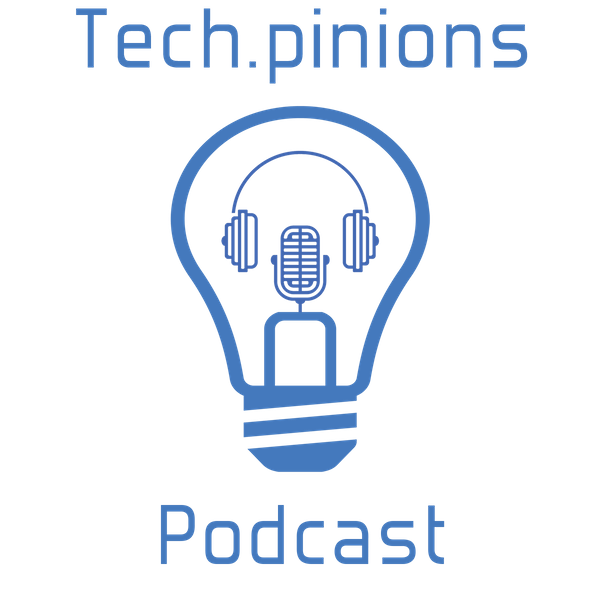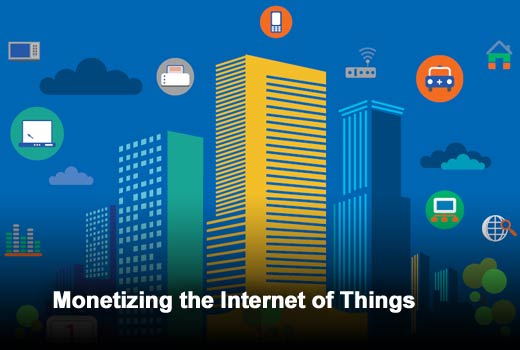In the end, all the developments in tech can be reduced to mathematical logic.
At a concrete level, the principles of Boolean algebra lie at the very heart of digital electronics, software programming, and most of our modern conveniences. Put very simply, the math involves manipulating two key variables, TRUE or FALSE—or, more commonly denoted, a 1 or a 0—via simple logical operations: AND, OR, and NOT.
At a conceptual level, these Boolean logic operators have arguably been used—albeit more subconsciously—to drive many of the assumptions about where technology products stand and how they might fare when pitted against one another.
It’s either got to be iOS OR Android; a tablet, NOT a PC; and so on.
For many people, it boils down to what is perceived to be an inherent superiority of one solution or one option over another. Of course, in many cases, that has indeed been true. There have been, and continue to be, many examples of products or technologies far better than their competitors or predecessors because of price, cost, ease-of-use, or several other factors.
As technology products have matured, however, the gaps between competitive solutions have become smaller and less obvious. Sure, you can make reasonable arguments about, say, one technology standard for smart home connectivity versus another one, but you’re also likely to run into some serious and legitimate rebuttals from the other side.
Ultimately, this is a good thing, because it means as we make technology decisions for ourselves, our families, or our companies, we’re selecting from a range of good choices. To put it another way, there are a lot of positives one can glean about the state of the tech industry when the best answers to the question about choice are, “You can’t really go wrong with any of them” or “Why not both?”
Beyond the simplistic notion of choice, however, this development has profound implications about where the tech industry is and needs to be going. Increasingly, we’re living in a world of Boolean AND, and less in a world of Boolean OR. There are many technology options—whether it be individual products, technologies, platforms, standards, apps, services, etc.—that are being used together.
The problem is they were designed with the mindset of a Boolean OR and not a Boolean AND. In other words, the product or technology creators made decisions about what to do or how to do something based on the assumption their option was the only option (or, at least, the only one that mattered).
The end result is a whole variety of tech products, technologies, platforms, standards, apps, and services that really don’t play well with each other—at all. In fact, the problem seems to just be getting worse. In addition, there are still many efforts to paint one device, technology, platform as the only one to do a task when, actually, it’s much more realistic to think about how tasks are shared across multiple devices, technologies, and platforms.[pullquote]Smart devices, consumer services, operating systems, you name it, could all benefit from a much stronger focus on connectivity, or at least acknowledged co-existence, with other options.”[/pullquote]
The whole world of IoT—from smart homes, smart buildings, smart cars, smart cities, and beyond—for example, seems to be suffering from a deplorably exact interpretation of Boolean logic: “Our way of doing/thinking about things is TRUE, AND the other way is FALSE.” A lot more progress could be made if instead there was a recognition that “Our way of doing/thinking about things is TRUE, AND the other way is also TRUE.” Even enabling an option for greater interoperability would be a step in the right direction.
These challenges aren’t just limited to the IoT world, however. Smart devices, consumer services, operating systems, you name it, could all benefit from a much stronger focus on connectivity, or at least acknowledged co-existence, with other options.
As our world gets infused with more tech products and services, it will inevitably get more complex. In order for that complexity not to completely overwhelm us, key changes in outlook and approach need to be made. All it takes to get started is fewer ORs and more ANDs.














